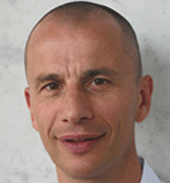Embryology of the Diaphragm
The diaphragm is formed from a number of composite parts in the embryo. The most important is the septum transversum. Understanding the history of the formation of the diaphragm explains why the heart, lungs, liver, gut tube, neck and fascia all resonate...
Read more...
 Steve Haines
Steve Haines